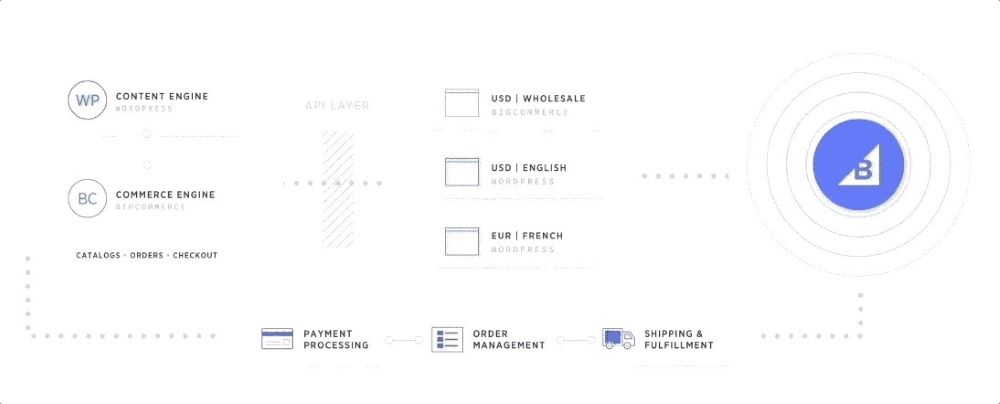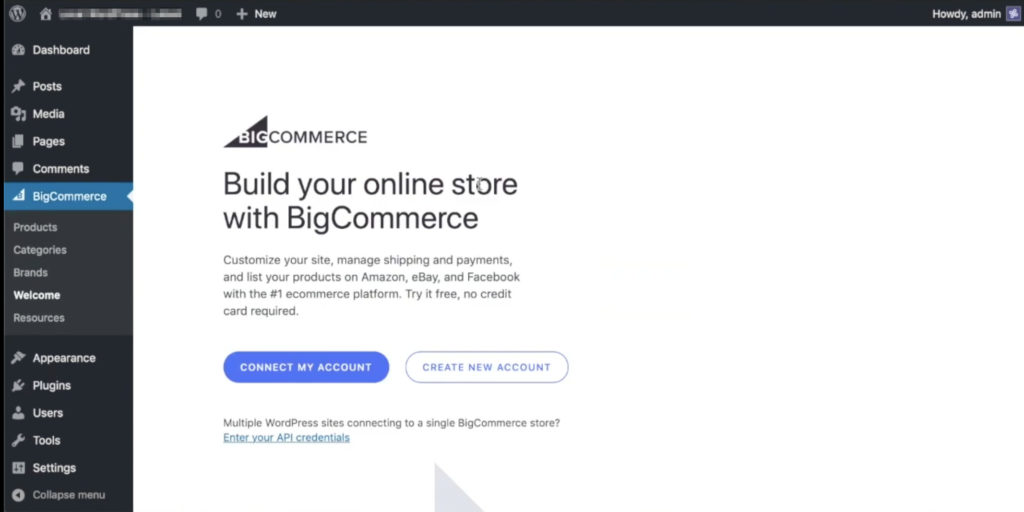[ad_1]
In this age of information overload and uncertainties, even the slightest carelessness may lead you to go over budget. This makes it crucial to create a budget plan that can protect you from such setbacks and unexpected developments. Surprisingly, 61% of small businesses didn’t even have a budget in 2018.
We generally make a business budget through the following steps:
- Estimate revenue.
- Estimate fixed and variable costs.
- Keep a general contingency fund to pay for unplanned expenses.
- Create a profit and loss statement.
- Outline your budget.
But all of this cannot guarantee a foolproof budget. You need to think beyond traditional budget planning considerations. If you want to create a budget that never fails, you can’t constrain yourself to these traditional considerations.
This will involve a lot of research, for which you need to use advanced tools and strategies, consult with experts and department heads, and collect relevant data.
How to Create a Business Budget
Let’s take a look at a few ways you can create a business budget that is least likely to fail.
Perform Micro-Level Cost Research
Lean organizations have a greater likelihood of succeeding as a business. So, adopt a minimalist approach and research cost at a micro-level. Don’t underestimate the cost involved in some of the ventures such as marketing.
A cost-benefit analysis (CBA) will always help you make quick decisions. However, a CBA doesn’t work in more complex situations.
For some projects, cash flow comes in a recurring fashion over different periods of time and with varying returns. You can evaluate the cost of these projects using a Net Present Value (NPV) and Internal Rate of Return (IRR).
Have Realistic Financial Projections
To succeed as a startup, forecasting revenue and growth is extremely important. You can use advanced tools or hire experts for this. Even a slight mistake in forecasting cash flows and profits can spell disaster for your startup.
Estimate Your Expenses First
At the startup stage, it’s easier to calculate your expenses rather than revenue. Estimate the most common expenses first such as fixed costs and variable costs.
However, you should remember the golden rule here.
Advertising and marketing costs are likely to shoot up, so you should always consider them to be twice your estimate. Also don’t underestimate legal, insurance, and licensing fees.
You can then keep track of your expenses using an app like FreshBooks or Expensify. An app will help you understand the accuracy of your projections and use those insights to make even more accurate estimates.

Forecast Your Revenue
Have two sets of revenue projections – conservative and aggressive. A conservative projection is the normal realistic estimate, whereas an aggressive projection is a more optimistic forecast. Aggressive revenue projections can act as a big motivational factor for your entire team including investors.
Perform Reality Checks for Key Ratios
Working with an aggressive view sounds good and brings a much needed optimism. However, to pay your fixed overhead costs, you need to perform a series of reality checks for key ratios.
Direct Cost Margin = (Revenue – Direct Costs) / Revenue
Estimate Your Gross Profit Margin
Gross Margin = (Revenue – Cost of Goods Sold) / Revenue
As your revenue grows, your operating profit margin should move upward. Don’t assume that the break-even point will come early or that you don’t need any financing to reach that point. This is the actual indicator that shows you are doing fine as a business. You may reduce costs and move up the profit curve.
Use a 12-Month Cash Flow Projection
A cash flow projection gives you a clear pattern of how and when money is coming into your business. Projecting cash flow over a 12-month period will help you get an idea about your expenditure on a month-to-month basis. This will help you control your expenses and schedule payments, especially for a seasonal business.
Adjust for Uncertainties
Your cash flow projections will remain incomplete if you don’t have a plan to deal with “predictable uncertainties” such as payment defaults, late payments, and seasonal fluctuations.
You’ll also need to consider economic and industry trends to forecast your cash flow and develop a budget.
Defaulters, Unreliable Payers, and Late Payers
Some customers are habitual late payers and this affects your cash flow. The best way to deal with such people is to chuck them out.
Occasional late payments shouldn’t be allowed for more than three times even if they are big clients. Introduce late payment charges and penalties to discourage late payments and prevent bad debt from occurring.
Seasonal Fluctuations
If you want to create a budget that never fails, make adjustments to seasonal fluctuations. There are peak seasons and there are lean seasons, and you can’t continue to spend in the same fashion throughout the year.
Plan your spend based on your seasonal needs. For instance, you may need to hire temporary staff during peak season. This will help you save money during lean seasons because you wouldn’t be spending on unnecessary workforce.
You can use tools like PurchaseControl to create more accurate budgets that take seasonal fluctuations into consideration. This tool can assign annual and monthly budgets as well as project-based and multi-year budgets. These are restrictive budgets to ensure that you can’t overspend without approval from the right person.
Economic and Industry Trends
You can’t make a sound budget if you overlook economic and industry trends. If a particular industry is facing a slump in demand, it’s wiser to cut costs and minimize production. Keep an eye on the events and forecasts by reliable industry experts.
Human Error
Sometimes, your business might have to deal with expensive mistakes, which would come under an unexpected expense. For instance, you could accidentally pay twice for the same order because you lost some vital paperwork.
Minimizing this type of human error can significantly help you reduce unnecessary and unexpected spending.Automate your workflows and maintain a complete audit trail of your orders for this.
Hire Consultants for Guidance
Hasty and short-term cost-cutting activities won’t work in the long run. Set your objectives, seek the advice of experts, and implement workable strategies to cut costs in the long run. Hiring consultants is very important for targeted cost reduction.
Spending on technology and other aspects of your business needs careful planning. For instance, you might not need to invest in an expensive tool just to use it for one project. With the help of a consultant, you might discover alternatives and options that are cost-effective and work quite well.
You might even be able to use free or inexpensive mobile apps in place of an entire software suite.
Get Insights from Managers and Project Heads
Your managers and project heads have first-hand experience of your business operations. They might be able to help you identify areas in which you are overspending. They might even have some ideas and suggestions to improve productivity.
Don’t hesitate to outsource certain processes if that’s cost-effective for your business. Figure out one-off and necessary expenditure and incentivize performance.
Have a Contingency Plan
Though a traditional budget planning consideration, having a contingency plan always helps. Setbacks and calamities are quite normal these days. Have a plan for financial underperformance so you can minimize the loss in critical areas.
Review Your Budget Regularly
Regular budget reviews and a proactive approach always help. Don’t refer to your budget only in the event of a crisis or setback. If your financials are deviating from what you had planned initially, review your budget accordingly. And repeat this process on a regular basis.
Final Thoughts When You Create a Business Budget
According to Grant Cardone, a self-made multimillionaire, and entrepreneur, budgets don’t work. What actually works is cutting costs, finding new sources and opportunities for generating income, and having a plan to face uncertainties and surprises. However, if you create a budget plan using the tips above, you are more likely to succeed in your business venture.
Image: Depositphotos.com
[ad_2]
Source link

















